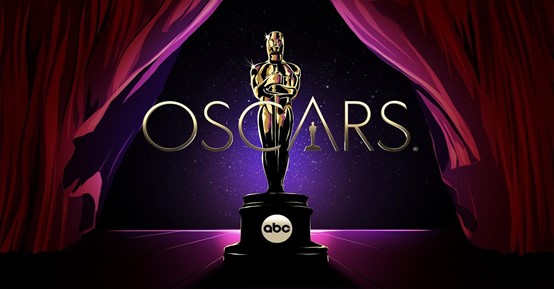By Maria Papagiannopoulou,
The Academy Awards — commonly and worldwide known as “The Oscars” — is Hollywood’s most prestigious award event, presented once a year. It has taken on the form of a mega-event, and everyone connected to Hollywood, directly or indirectly, is looking forward to the Oscars’ night. With the passing of time, the popularity of the Academy Awards has grown. Looking back at the Oscars’ history, we can see that they were created by the Academy of Motion Picture Arts and Sciences (AMPAS), which was founded in 1927. The Academy of Motion Picture Arts and Sciences was founded by 36 of the industry’s most significant figures.
Douglas Fairbanks Sr., a film actor, was elected as the Academy’s first president. The awards were created with the primary goal of honoring exceptional actors and actresses in the motion picture industry. On May 16th, 1929, the first Academy Awards ceremony was held behind closed doors, at the Hollywood Roosevelt Hotel. It was a relatively intimate gathering, with only 270 people in attendance.
Aside from two special awards, the first Oscar ceremony featured 12 categories. The awards were created to recognize those who made significant contributions to cinema in the years 1927 and 1928. The first Oscar Awards presentation had very little element of surprise, because the winners’ identities had been announced three months in advance. The event lasted a long time and was jam-packed with talks. The Academy President, Douglas Fairbanks, made the task of awarding the statuettes to the victors go quickly.
Emil Jannings (for The Last Command, 1928, and The Way of All Flesh, 1927) won the inaugural Academy Award for Best Actor. Because the actor needed to return to Europe before the ceremony, he requested that the Academy Αward be given to him early. His plea was granted, and his statuette became the very first Academy Award ever given out. Janet Gaynor won Best Actress for her roles in 7th Heaven (1927), Street Angel (1928), and Sunrise: A Song of Two Humans (1927). In addition to that, Frank Borzage and Lewis Milestone won the Dramatic Picture and Comedic Picture honors, respectively, in the Direction category.
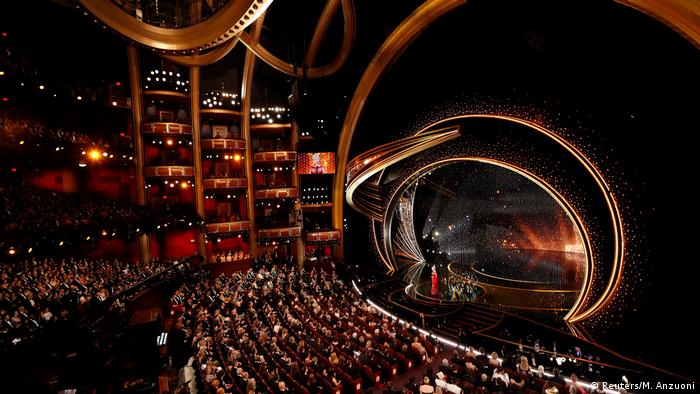
Since its inception, the Oscar ceremony has been televised live on television. The ceremony was broadcast on radio until 1953, following which it was broadcast on television. The results of the award ceremony were supplied to newspapers for publishing at 11 P.M. on the night of the awards during the first decade. The method, however, was wrecked when the “Los Angeles Times” disclosed the victors before the event even started. Since then, only a sealed envelope has been used to reveal the winners’ names.
In 1966, the Academy Awards ceremony was aired in color for the first time. This allowed viewers at home to feel the event’s stunning attraction. There was no turning back after that, and the awards ceremony’s popularity soared to unimaginable extent. Today, the Oscars are broadcast worldwide, reaching audiences in over 200 countries. The awards have been broadcast live from the Dolby Theatre (it used to be called the Kodak Theatre) since 2002, captivating both a local and worldwide audience.
Except for the size of the base, Oscars’ original design has not changed much. It measures 13 inches tall and weighs 8 pounds, making two-time winners Sean Penn, Hilary Swank, Sally Field, Tom Hanks, Dustin Hoffman, Robert De Niro, Denzel Washington, and Mahershala Ali feel like they are holding weights. More than 3,000 Oscars have been given out since the first event 91 years ago. In protest against Hollywood’s abuse of Native Americans, Marlon Brando refused to appear in The Godfather in 1973. Walt Disney holds the record for winning the most Oscars, with 26 in his career. John Williams, the composer, owns five of them. Audrey Hepburn has the most acting awards, with four. Jack Nicholson with Meryl Streep and Daniel Day-Lewis have three awards.
The first Academy Awards were hosted in 1929 at the Roosevelt Hotel in Hollywood, and consisted of a small supper and a 15-minute ceremony. Because the ceremony was not aired, there was no red carpet and no one’s outfits were on display. Janet Gaynor appeared pretty average as she accepted her Lead Actress Award, dressed in an outfit that was most likely purchased at a department store’s children’s area (she was only 5 feet tall).
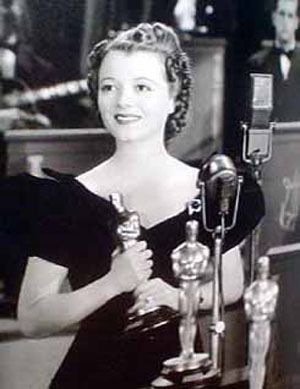
From Angelina Jolie’s leg-baring black Versace to Gwyneth Paltrow’s white Tom Ford cape-and-gown outfit at last year’s gala, the Internet has offered a venue in which everyone can voice their opinion on what Hollywood wears.
For better or worse, the Oscars is still an event where spectators frequently start new fashion trends. It is also an occasion that has seen some of the most bizarre red-carpet fashions. Below we can have a look at some of the most iconic dresses worn on the red carpet of Oscars (from early years until now):
1. Grace Kelly in Edith Head, 1955. She won an Oscar for her performance in The Country Girl (1954) while wearing an ice-blue gown by Edith Head. The gown, which was originally created for the movie’s premiere, was cut from a bolt of $4,000 French satin and paired with a matching evening coat, a red lip, and a perfectly glamorous updo.
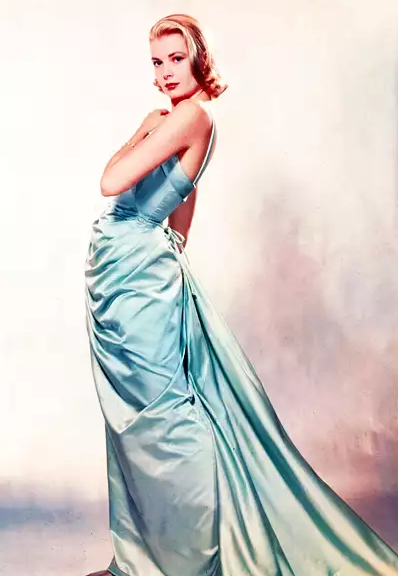
2. Halle Berry in Elie Saab, 2002. Berry won the Best Actress statue for her role in Monster’s Ball (2001) — and made history as the first-ever Black woman to win a Best Actress in a Leading Role Oscar category.
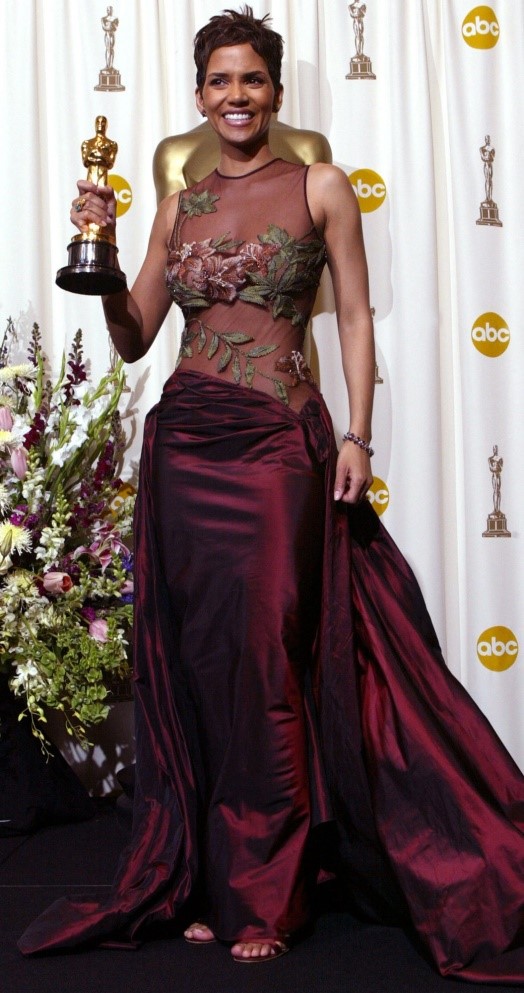
3. Amanda Seyfried, 2021. The 35-year-old actress was nominated for Best Supporting Actress for her role in Best Picture nominee Mank (2020), stunned in a scarlet gown as she arrived at the 93rd Academy Awards.
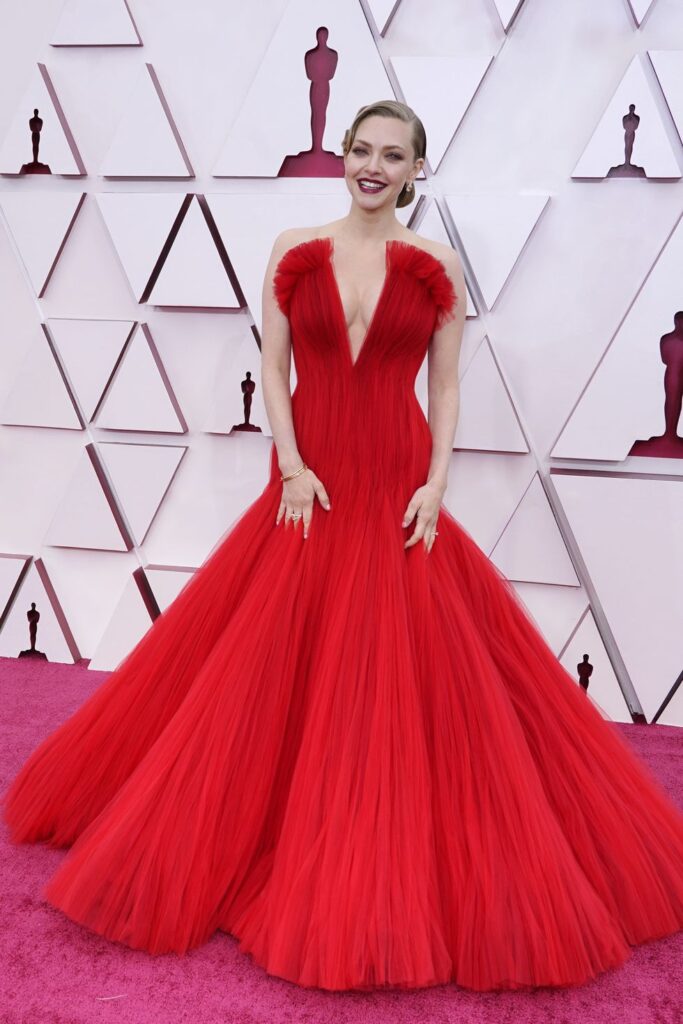
The Oscars are not only about presenting awards, hearing speeches, and seeing musical performances. Fashion, flair, and opulent presentations also pique our interest. The photographs of the red carpet, in addition to the winners, become the most talked about and desired topics of discussion during the Oscars. The enthusiasm in Oscar gowns may have even outstripped that in the Oscars themselves. It is what we recall the next morning. Because not all Oscar gowns are created equal, this might happen years later.
References
- Academy Award, britannica.com, Available here
- Academy Awards, wikipedia.org, Available here
- The History of the Academy Awards Fashion, otaa.com, Available here

